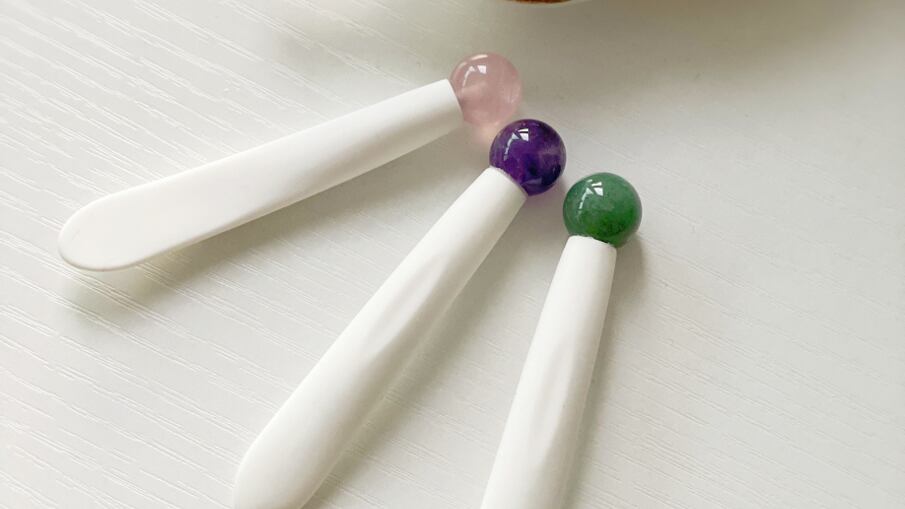ActivLayr is composed of marine collagen that sustainably sourced from New Zealand Hoki fish. The collagen is extracted from Hoki and turned into nanofibres using an electrospinning process.
When applied onto wet skin, ActiVlayr instantly dissolves and permeates the skin layers.
Recently, the firm has conducted new research on the penetration depths of ActivLayr as a delivery platform using Franz Cell studies with caffeine as the active ingredient.
The firm said it showed ActivLayr can penetrate the skin 10 times deeper than solution-based formulations and is 150% more effective in delivering actives compared to gel-based formulas.
It also said that ActivLayr can deliver actives into epidermis layer in 15 minutes and provide sustainable release for up to four hours.
After 24 hours, it continues to deliver bioactives past the dermal-epidermal junction and dermis layer of the skin.
According to the firm, these results have proven that ActivLayr is the most ideal delivery platform for actives to your skin.
“This is amazing because nothing can do this. To get a similar result you have to use needles or light therapies,” said Dr Bhuvana Kannan, research and innovation manager, Revolution Fibres.
The company said it was preparing to submit this research in a scientific journal this month.
A conflicting theory
In theory, collagen cannot penetrate the skin as it has a high molecular weight, but nanotechnology helps it to break down permeate the skin in its nano format.
In a white paper published by the firm, it explains how nanotechnology makes it possible for collagen to penetrate deep into the skin through experiments and tests.
“People do have confusion over the nanotechnology, which is a very new technology recently adapted by the cosmetic industry. There is a conflicting theory here that bulk molecules cannot penetrate the skin, but nanotechnology can make this possible. It's kind of like magic,” said Kannan.
She continued: “Marine collagen is a hydrophilic molecule in nature, meaning it loves water. In its nano form, hydrophilic property leads to rapid dissolution… therefore even a high molecular weight molecule such as collagen can penetrate and permeate the skin layer in a nano format.”
Kannan further explained that ActivLayr used a chemical and biochemical approach to penetrate into the skin.
“Using these theories, we explain what exactly ActivLayr is doing… This is backed up by the recent testing we have done and that shows clearly it is using chemical and biochemical approach.”
This new information will drive the company’s future research and development efforts.
“Now we know exactly what ActivLayr does. So, we can sell it for drug molecules or bioactive accordingly and for different skin functions. We know exactly what works and what doesn't work.”
For instance, the firm now knows exactly how ActivLayr can help acne treatments.
“Acne roots generally form in the epidermal-dermal junction. By knowing ActivLayr mechanism, we can claim that within X minutes your drug can penetrated to the site where you can clear the acne and you can give prescription dosage accordingly. This will help dermatologists, consumers and business.”
Further R&D research to be done
Kannan told CosmeticsDesign-Asia that the firm would be continuing to conduct more research into ActiVlayr.
“The collagen format we are using is very new, so we are still studying it. At present, we are studying the complexity of the molecule itself. We've done some deep science research to understand the complexity of the collagen molecule and what benefits it could add into the skin.”
The company is also continuing to carry out in-vitro and in-vivo studies to test the application of ActivLayr with various actives.
Furthermore, it is studying the stability of actives in ActivLayr, Kannan added.
“There are actives that oxidise and go inactive, but when its trapped inside the nanofibre they are better protected. We are studying these active to see how this platform can be used to protect them. We’ve gotten some incredible results on those things so far.”a





